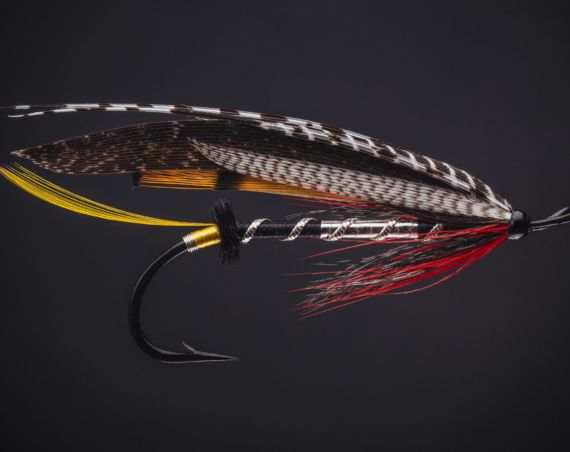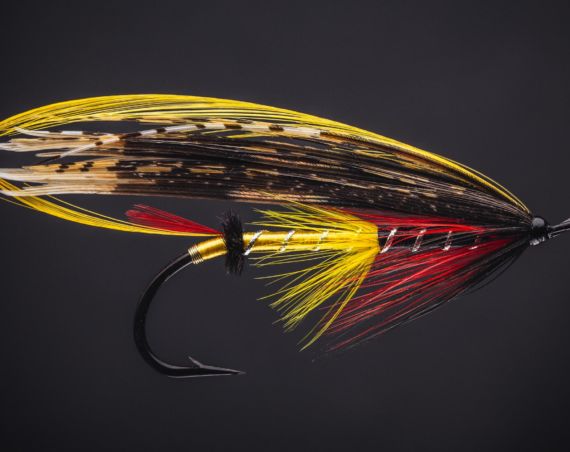Chenille Caddis Pupa
This type of crocheted chenille pupa body used to be popular in Finland but has now been overrun by simpler patterns. I have to admit that I too usually go for the simpler ones but when I want to make a bit more chunky pupa this is a good pattern.
I’m not 100% sure who came up with the method for the body but it was introduced in a now out of print book Perhokalastus ja vesiperhoset by Aki Rinne, Juha Vainio, Matti Huitila and Jyrki Soine. It’s a very comprehensive entomology study of caddisflies and has section on flyfishing with caddis patterns. Good book but unfortunately hard too get these days. Matti Huitila has two pupa patterns there that feature a chenille body Hiilivirta and Paasivirta and my fly is just a tiny bit varied in terms of materials. I’ll have to ask Matti some day if he could tie me couple originals as I would love to feature them on the blog.
I had read the book before but it was really a good friend of mine Ari-Heikki Rintaniemi who introduced me to this pattern more thoroughly some years later and the fly earned a spot in my boxes straight away.
The body is formed out of micro chenille in a way that you would start a crotchet work. First make a slip knot and then start to do crochet chain. You can find plenty of tutorials where those techniques are described. Unlike regular chain you want to tighten each loop to make a tight body, When you have the desired body length pull the chenille all the way trough the last loop and tighten. I cut the back end stub pretty short and touch it lightly with the flame of a lighter to seal it and make a slight taper.
For the wingbuds I used this time single strand of a bit heavier black chenille that I burned to taper. You can use whatever you prefer from just black wool to more realistic medallion sheeting etc.
Detached body: Micro chenille as described. Color to match the species.
Back/head: Brown polypropylene yarn.
Front body: Natural hare’s ear dubbing.
Wingbuds: Black chenille.
Legs: Fibers from a brown mottled hen feather.
Antennae: Nutria guard hairs of something similar. Double the tie in point to secure.




